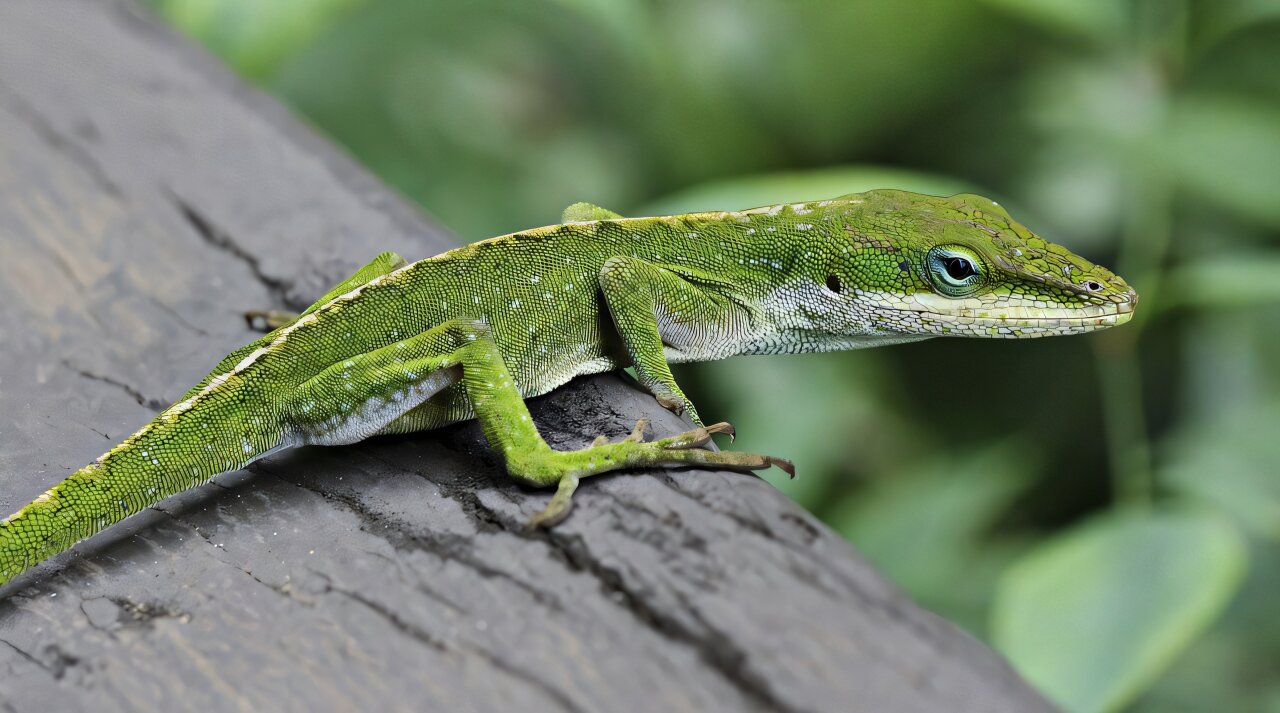

published in Evolution Letters, these may indeed be vital for comprehending the connection between microevolution and macroevolution. The paper presents the initial mathematical model that employs data from genetic covariance matrices or G-matrices to measure the macroevolution of species through short-term natural selection. In essence, the new model aids researchers in exploring how genetic connections develop over time, both in brief and extended timeframes.
What’s intriguing is that this mathematical model was initially crafted for finance to illustrate how investment portfolios and stock prices correlate over time. It was adapted “to the lizard data,” as stated by Dr. Simone Blomberg, who led the research. Surprisingly, economics has influenced evolutionary biology “since the era of Charles Darwin more than 160 years ago,” Dr. Blomberg remarked to Phys.org. The model utilized in the study analyzed the genetic characteristics of Central American lizards belonging to the genus Anolis. The research group examined seven distinct species of Anolis and differences in eight various traits, ranging from leg bone lengths and jaw size to head width. Utilizing the mathematical model, the association between those varying traits and the evolution of Anolis could be represented. Nonetheless, the study notes some challenges in fitting “both simulated and real data,” indicating that this research is less a significant revelation and more a progressive step in the appropriate direction.